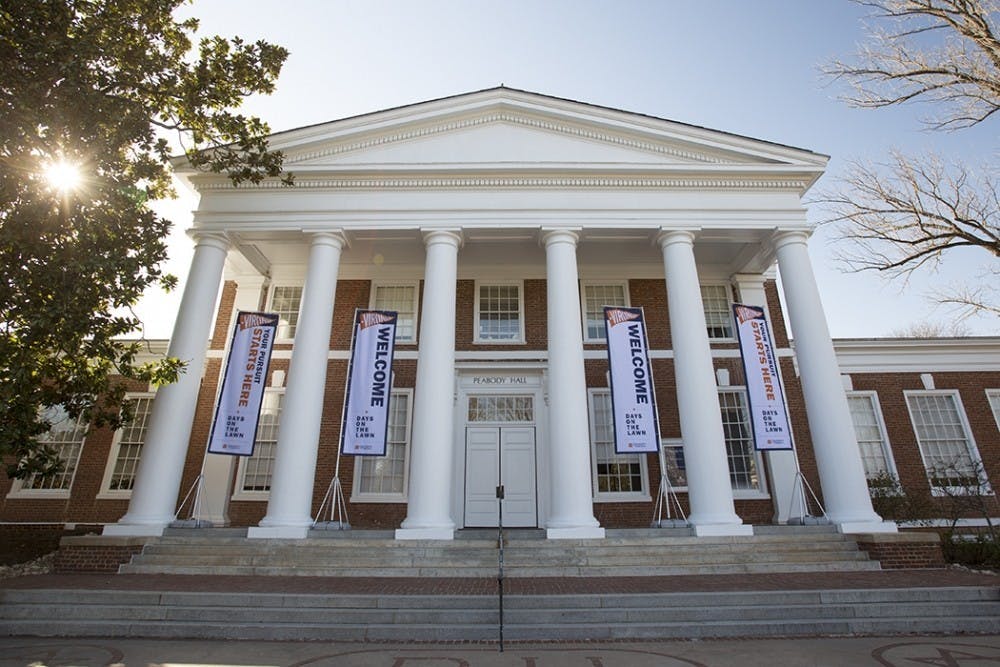The University Office of Undergraduate Admission released its early action offers for the Class of 2023 Friday. The University’s early acceptance rate was 26 percent, with 6,550 offers of admission from a pool of 25,126 early action applicants — the most in the University’s history. Last year, the University had an offer rate of 27.8 percent for early action applicants.
“Our first reaction after the early application deadline in November was a mixture of excitement and concern,” Dean of Admission Gregory Roberts said in an email statement to The Cavalier Daily. “The size of the early pool is incredible this year, and reviewing so many applications in a short period of time is challenging. What’s more, the talent, depth and diversity of this group is astounding and record-breaking, making the selection process even more difficult.”
The University extended offers to 43.4 percent of applicants who qualify for in-state status, and 19 percent for students applying from out of state. Nearly 7000 applicants were deferred.
Of those accepted early action, 627 would be the first in their families to attend college — an increase from 444 last year. The University also extended early offers to nearly 4 percent more minority students.
The middle-50-percent range of SAT scores of accepted early action students who qualify for in-state status was 1350 to 1500. For out of state applicants, the middle-50-percent range of SAT scores of accepted students was 1450 to 1540. The middle-50-percent range of ACT scores was 30-34 for in-state students and 33-35 for out of state students.
The University’s offer rate for out-of-state students dropped from 21.4 percent to 19.3 percent.
Overall, the University received a total of 40,804 early and regular applications for the Class of 2023, a ten percent increase from last year’s record-setting pool. Applicants came from all 50 states and 155 countries across the world.
Roberts said in a previous interview with The Cavalier Daily that the University received a 25 percent increase in early action applications from people of color. Roberts also stated that the number of applications from African-American students increased by 35.6 percent, while the number of Hispanic and first-generation applicants grew by 22.2 percent and 20.5 percent, respectively.
“We are now a year and half away from the events of August 2017, and I think that was an event that shook our school and our community and it made national headlines and my guess is that it impacted student decisions last year,” Roberts told The Cavalier Daily in early January.
In addition, the number of female applicants increased by 17.2 percent from last year, and the number of legacy applicants increased by 11.5 percent.
“We’re honored that this accomplished group of students is interested in UVA and believe the class of 2023 has the potential to be our most impressive yet,” Roberts said.
According to Assoc. Dean Jeannine Lalonde’s “Notes from Peabody” admissions blog, admitted early action applicants will learn if they were also accepted into the Echols, Rodman and College Science Scholars by mail.
The University’s enrolling class is targeted to be about 3,750 students. Regular application decisions will be released by April 1.
This article has been updated with additional information.







